Curriculum Overview
Life at the Seashore
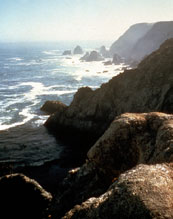 The seashore is a habitat where the ocean meets the land. It is a place where the changing water levels caused by the tides alternately cover it in ocean water and expose it high and dry to the air. Many fascinating and very different kinds of organisms make the seashore their home and survive very well here. These organisms are able to find food, reproduce, and protect themselves from the changing tides and crashing waves.
The seashore is a habitat where the ocean meets the land. It is a place where the changing water levels caused by the tides alternately cover it in ocean water and expose it high and dry to the air. Many fascinating and very different kinds of organisms make the seashore their home and survive very well here. These organisms are able to find food, reproduce, and protect themselves from the changing tides and crashing waves.
In this Unit, students examine how living things survive at the seashore. Students take a look at what kind of place the seashore is and make observations on the kinds of structures organisms have that help them survive there, including structures that help them move, feed and protect themselves. They deepen their understanding of how a group of animals called Crustaceans survive and find food at the seashore, with investigations on a crayfish. As they build a 3-dimensional seashore in their classroom, students research an organism and present predictions for where on the seashore their animal would survive and grow. They create a Field Trip Guide to share their understanding of the seashore with visitors coming to observe their classroom seashore.
Teaching life at the seashore
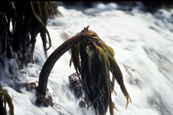
The Next Generation Science Standards (NGSS) ask 1st grade students to develop an understanding of how plants and animals use their external parts to help them survive and grow and meet their needs as well as how behaviors of parents and offspring help the offspring survive. The unit provides a curriculum that aligns with all the first grade life science disciplinary core ideas, (LS1.A; LS1.B; LS1.D; LS3.A partially; and, LS3.B). The cross cutting concepts of patterns and structure and function are called out in this Unit as organizing concepts for these disciplinary core ideas.NGSS also asks students to demonstrate grade-appropriate efficiency in science and engineering practices that deepen their understanding of science ideas and how science works. In this Unit, students plan and carrying out investigations, analyze and interpret data, construct explanations and design solutions, and obtain, evaluate, and communicate information to better understand life at the seashore.
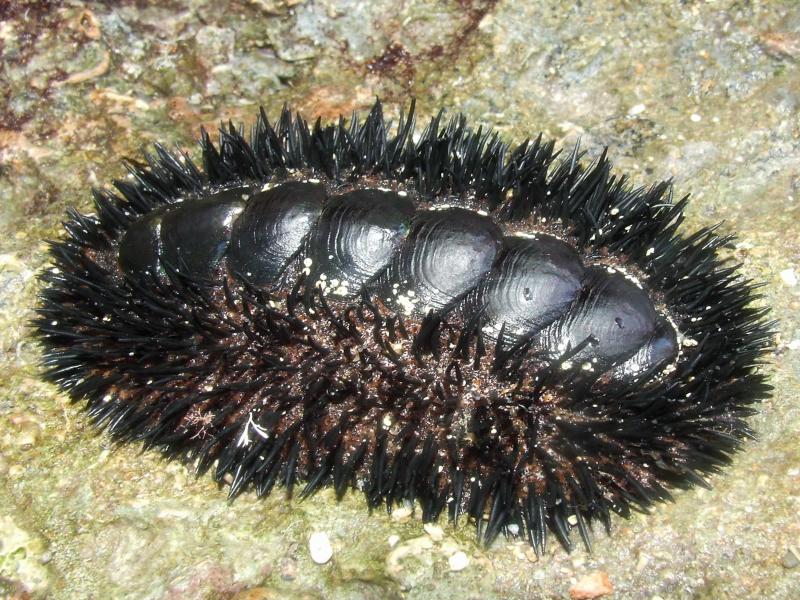 The Unit also correlates with connected 1st grade Common Core State Standards in English language Arts &Literacy in History/Social Studies, Science, and Technical Subjects (CCSS ELA)and Common Core State Standards for Mathematics (CCSS Math), and the Ocean Literacy Principles.
The Unit also correlates with connected 1st grade Common Core State Standards in English language Arts &Literacy in History/Social Studies, Science, and Technical Subjects (CCSS ELA)and Common Core State Standards for Mathematics (CCSS Math), and the Ocean Literacy Principles.
Download the Unit Overview with standards Correlations.
For further questions, contact: Sarah Pedemonte
Natural History Background
At MARE's request, naturalist Robin Milton Love wrote this accessible background essay on the natural history of the Seashore.
MARE's Teacher Background for Life at the Seashore (pdf)
Websites
You can search for Habitat specific web links through our Resource Materials search.
Seashore Field Trip Tips
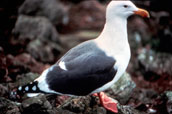
- Have a buddy to spot waves — never turn your back on the ocean!
- Tell kids to bring a change of socks and pants, so they can get wet! Or bring a square of plastic or carpet to help with sitting comfortably.
- Balance the need to identify with the need to observe — get more out of seeing an organism than just the name!
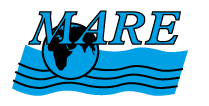
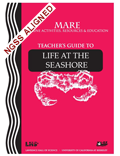 First Grade curriculum is focused on Life at the Seashore
First Grade curriculum is focused on Life at the Seashore


